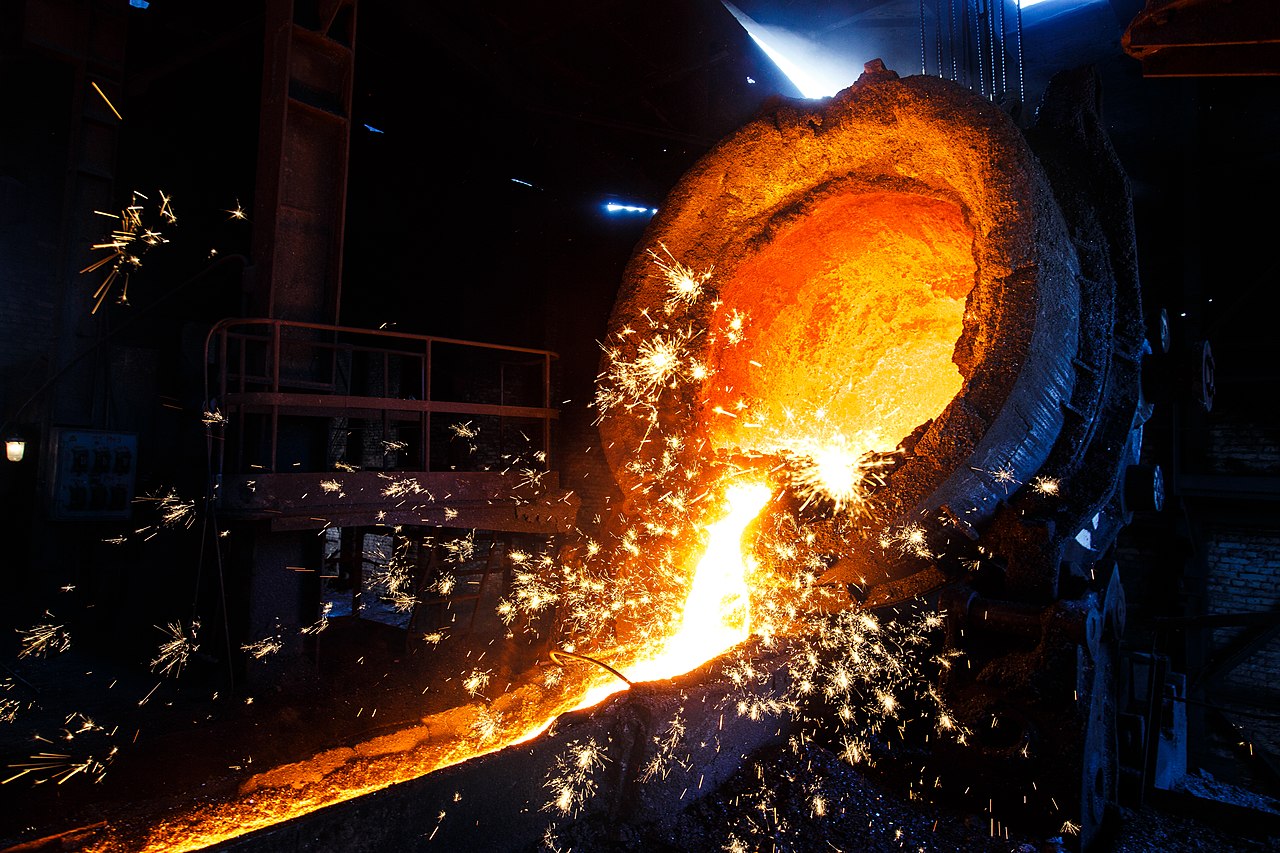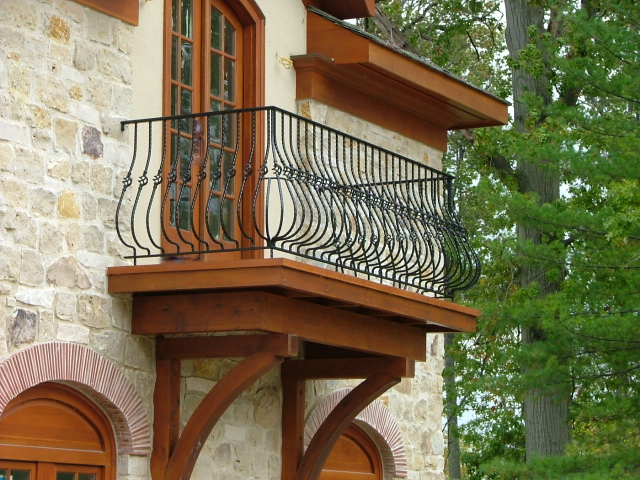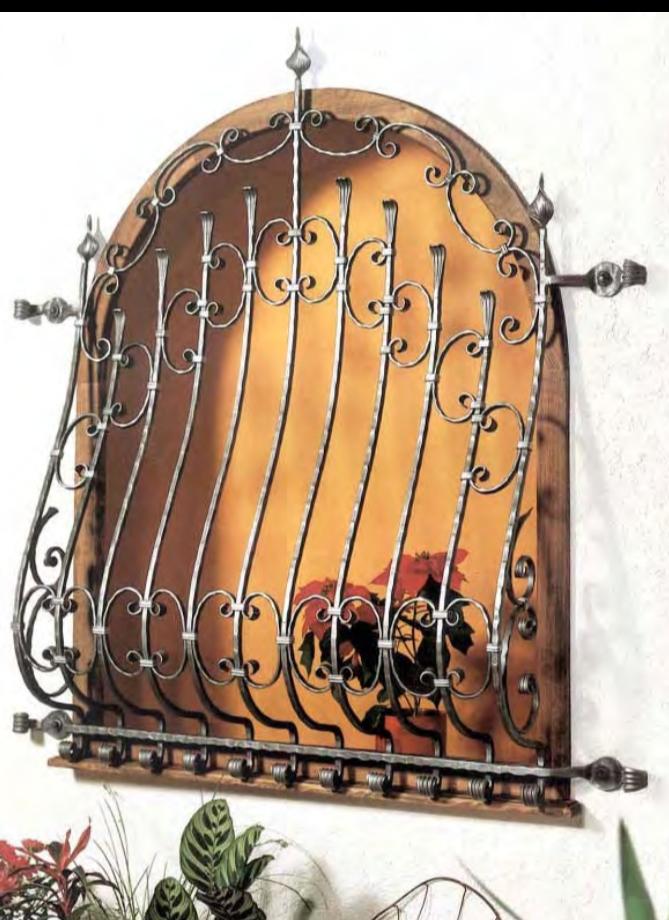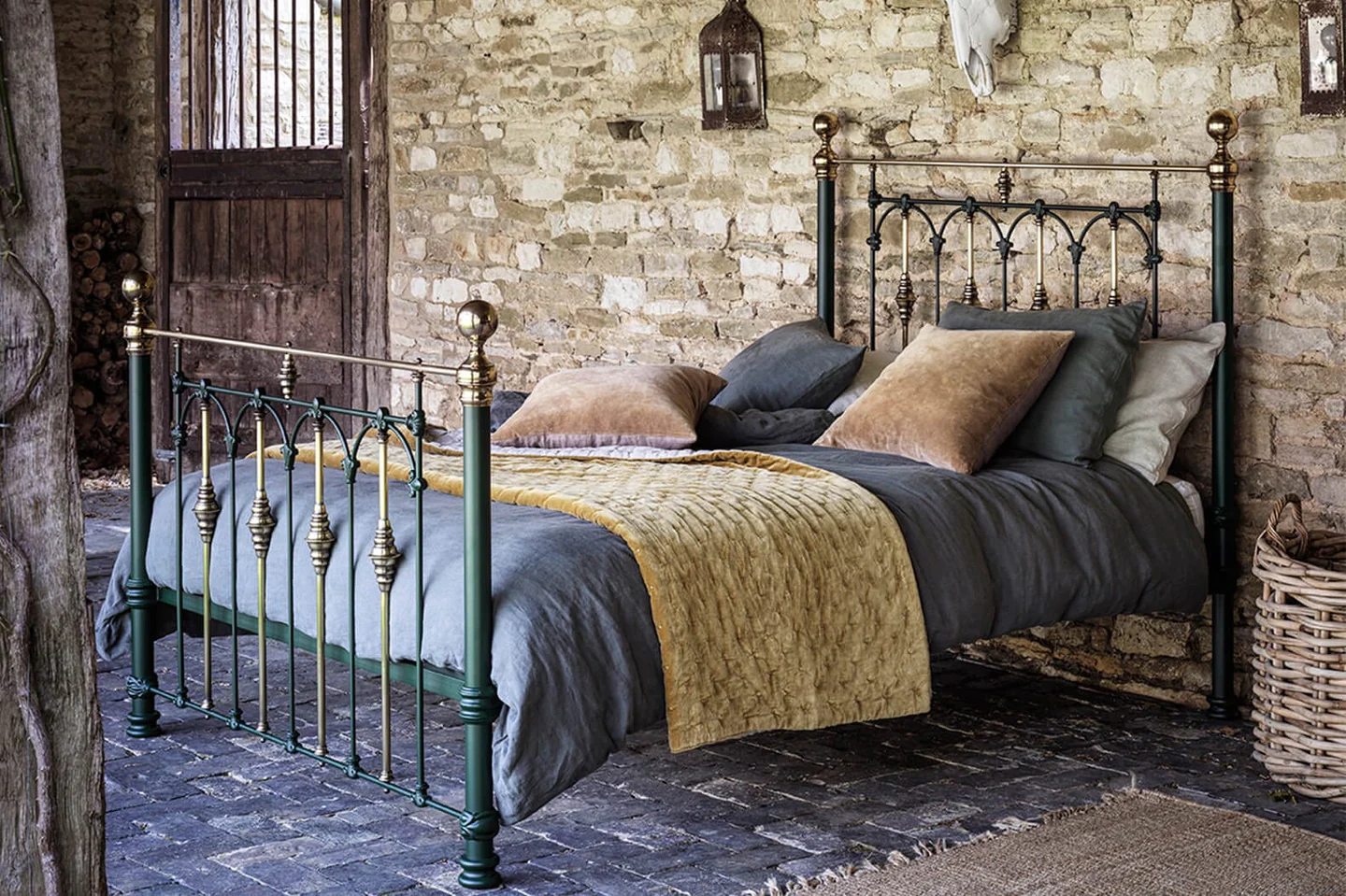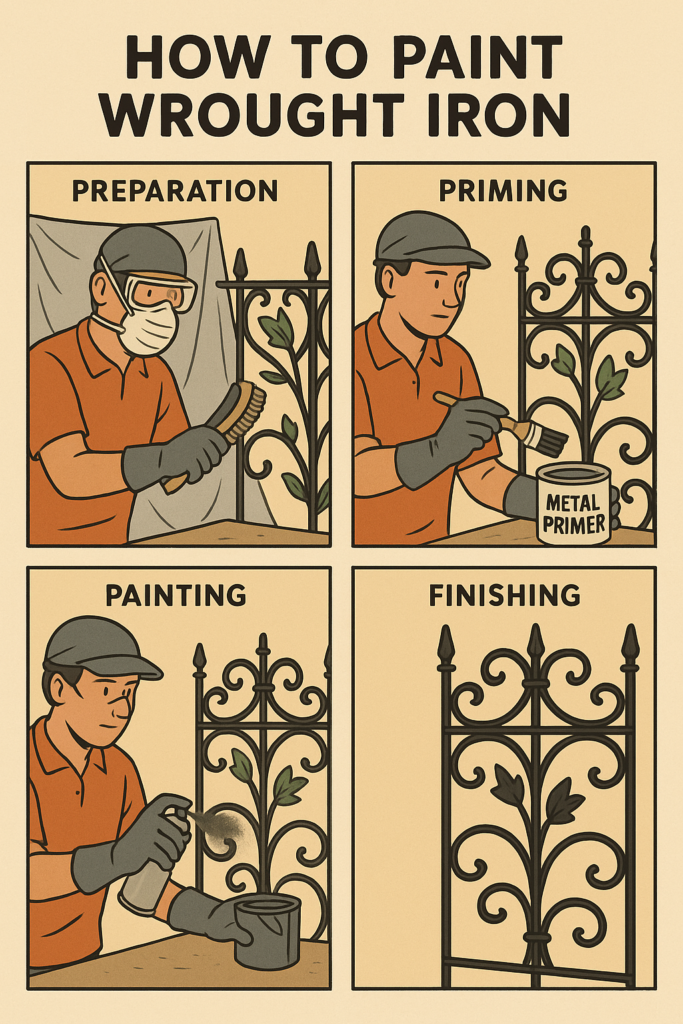
How to Paint Wrought Iron
An updated coat of paint not only adds an aesthetic element to your wrought iron, but it can also protect it from corrosion and rusting. Choose a metal primer made specifically for iron surfaces and use both brushing details onto it and spraying for an even coating of all parts.
Before beginning, always wear protective equipment including gloves, a dust mask and eye protection. In addition, make sure that any nearby objects such as furniture or plants are covered by a tarpaulin, drop cloth or newspapers to prevent overspray from marring their finish and damaging their finish.
Preparation
Wrought iron adds an elegant touch to outdoor home decor. However, over time it may become weathered and worn, necessitating an application of paint to protect against corrosion. Painting wrought iron will slow the natural ageing process while simultaneously keeping its piece looking brand new.
Start off your painting project by giving the wrought iron a thorough cleaning with either a wire brush or 150-grit sandpaper, using either a wire brush, 150-grit sandpaper, or bleach/water solution as mold cleaner to get rid of loose rust or old paint. If there is mildew or mold present on it, a bleach/water solution or commercial mold remover will do just the trick to take care of any mildew growth on its surface.
Apply a metal primer like True Value X-O Rust, an oil-based metal primer designed to control rust. Apply with either a brush or spray can for easier and greater coverage.
Allow the primer to dry according to its manufacturer’s instructions before spraying or brushing on a high-quality metal-friendly paint designed to resist rusting such as that found in Sherwin-Williams’ COROTECH line – making sure all areas of wrought iron are covered by your initial coat of color.
Priming
Wrought iron adds elegance and beauty to many homes, such as fencing, patio furniture, railings and doors. However, its beauty can sometimes fade over time due to rust and pitting from weather exposure, making painting these classic home features often necessary.
No matter if you use spray painting or traditional painting methods, when it comes to exterior-grade enamel or oil paint with antirust inhibitors. Most hardware and paint stores sell such enamel.
Assemble your piece by beginning by thoroughly scrubbing its metal surface with a wire brush to remove any loose paint or rust and prepare for priming. Be sure to get into all corners and crevices of a wrought iron piece, particularly around any intricate lacy details.
If the wrought iron piece is movable, place it on an elevated surface such as a table and cover it with tarps or drop cloths to protect the ground and surrounding surfaces from overspray or drips. If it’s permanently installed, make sure both its surroundings as well as any vegetation nearby are also covered with protective coverings like these tarps and drop cloths for optimal results.
Painting
Wrought iron adds beauty and elegance to the exterior of your home, whether used as fencing, railings or furniture. While durable and versatile in use, protecting wrought iron from weather elements requires using paint.
Before painting your wrought iron, first use medium-grit sandpaper to prepare it for its new coat of paint. Select a metal-specific primer – such as True Value’s X-O Rust Metal Primer – that inhibits rust.
As soon as your selection is made, choose an enamel or oil-based paint designed specifically for wrought iron. Spray paint is an effective choice since it applies evenly in an even coat without drips or excess paint accumulating like brushes or rollers can. When spraying this method, protect surrounding surfaces with tarps or drop cloths against overspray or drips that could mar them – then give two light coats of paint the wrought iron will be ready for use again!
Finishing
Wrought iron railing, gates, and fences add an elegant touch to any home. However, like any outdoor piece exposed to the elements, such as heat, cold, rain, sun exposure or rust damage. Painting these pieces helps protect them against their environment and extend their lifespan.
Rust is the chemical corrosion of unprotected metal surfaces caused by oxygen and moisture interaction. Rust can be removed by using wire brushes or sandpaper on iron surfaces before cleaning with commercial mildew remover, bleach/water mixtures or masonry cleaners.
Primer is essential to painting wrought iron successfully, as it helps the paint adhere and prevent rust. For optimal results, choose a primer designed for iron or other metals from Benjamin Moore’s COROTECH line; spraying may cause extensive overspray if using an oil-based primer; to achieve optimal coverage and protection, apply two coats.

